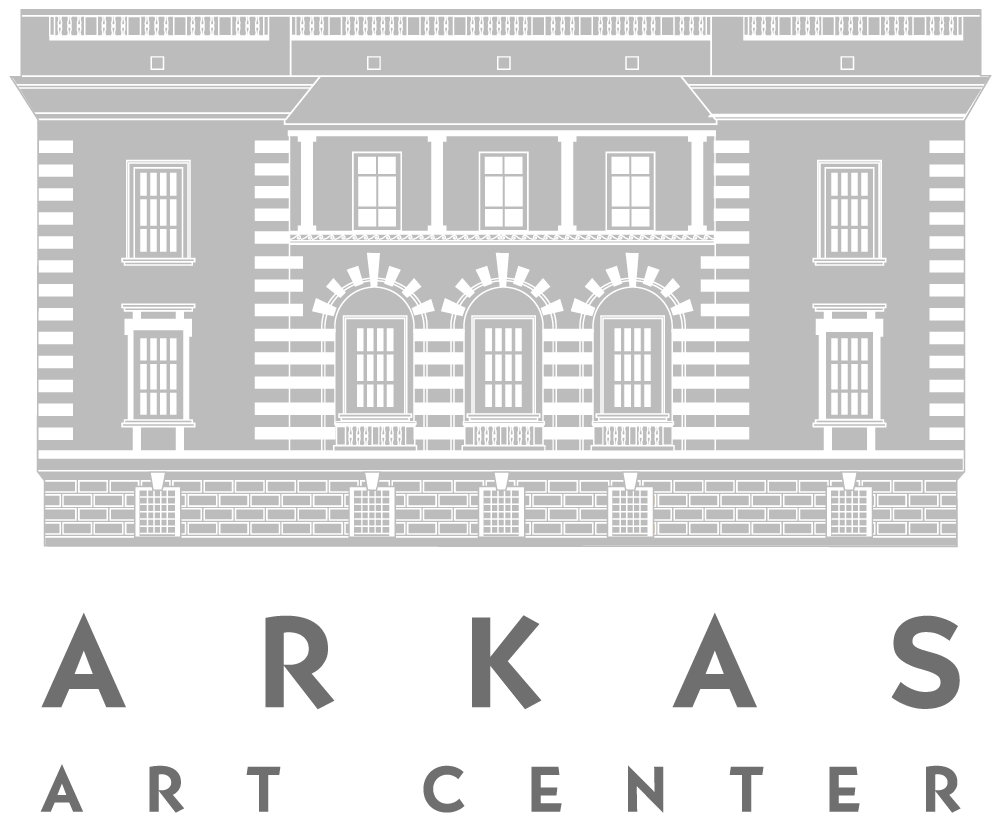VICTOR VASARELY
A Retrospective in Turkey
11 April 2017 – 30 July 2017
The Victor Vasarely Retrospective, held in Istanbul and İzmir with the support and organization of Arkas Art Center, brings together works from different periods of the artist who, as the founder of the Op Art/Kinetic Art movement, brought new direction to contemporary art aesthetics. The comprehensive exhibition seeks to present a total view of Vasarely’s (1906-1997) oeuvre by featuring works that exemplify his identities as painter, designer, art theorist and architect.
The first question that must be answered, no doubt, is the precise source of Victor Vasarely’s importance, and what his significance is in terms of today’s art. The artist, who opened his first solo exhibition in Paris in 1944, by placing geometric abstraction at the focus of his research, also began do develop a sense of “dynamism” that had not come to the forefront of art history until that point. In interpreting basic geometric shapes such as the circle, the square and the triangle with colours, Vasarely was in fact taking the first steps of his Le Manifeste Jaune (The Yellow Manifesto), which he would complete in 1955. The Yellow Manifesto is considered the birthplace of Kinetic Art, and was published by Vasarely on the occasion of the “Le Mouvement” (Movement) exhibition held from 6 to 30 April 1955 at the Galerie Denise René. The exhibition also featured the works of Robert Jacobsen, Jean Tinguely, Jesús Rafael Soto, Yaacov Agam, Pol Bury, Marcel Duchamp and Alexander Calder. This marked the emergence of the Kinetic / Optic Art movement that after Europe would become influential in many countries from Canada to Japan, and from Sweden to South Africa. The Vasarely retrospective is important because in departing from the artist’s significant works from the 1950s and 1960s, it draws attention to the difference and innovative approach of this movement.
In bringing movement to the surface of the painting, Vasarely was adding his experience from his previous graphic design work to the spirit of his artistic work. In order for forms and lines to be perceived by the senses as “movement” a black-and-white balance designed to the finest detail had to be achieved. A feature of the retrospective exhibition that could be considered a real surprise is that it contains different examples of graphic design work the artist produced as a way of making a living after he migrated from Budapest to Paris with his wife Claire in the year 1930. These designs that are highly popular in France had allowed the artist to take his experiments to their finest extreme. From the 1960s on, Vasarely attained star status in the international art scene, and his work, from 1969 on, with the Renault company, consolidated his fame. With his son Yvaral (1934-2002), also an artist, he designed the logo and other corporate brand identity elements of the company, which are used to this day. Since an important part of the retrospective is formed of Vasarely works from the Renault collection, these paintings and objects introduce the “fluid unions” the artist formed by bringing together forms and colours.
Lifting the barriers between contemporary art and contemporary life, Vasarely argued that art should be a part of life, and from the 1970s on, he began to produce works described as “multiples” which displayed variations on form. It was the visual experiences he gleaned from this practice that inspired his sculptural work in public spaces. Expanding into other forms such as tapestries, reliefs and other architectural forms, Vasarely began to produce works within the framework of the art movement known as Psychedelic Art, and this period of the artist is represented with fifteen works compiled from the Arkas Collection.
During his life time, Victor Vasarely managed to found three museums on his art – two of them in Hungary, and one in France – and in the later period of his life also began to experiment in the architectural field, thus emphasizing the participatory aspect of art, or the kind of art that can be shared by all. A section compiled from the artist’s architectural works underscores the interdisciplinary character of the Vasarely Retrospective.
Vasarely believed that art was among the most fundamental occupations that elevated the human spirit, and with his works that covered many fields, he succeeded in creating, in the words of the art critic Werner Spies, “an aesthetic sensitivity”. The retrospective organized in Istanbul and Izmir by Arkas Holding underlines how this sensitivity continues to be influential today.


